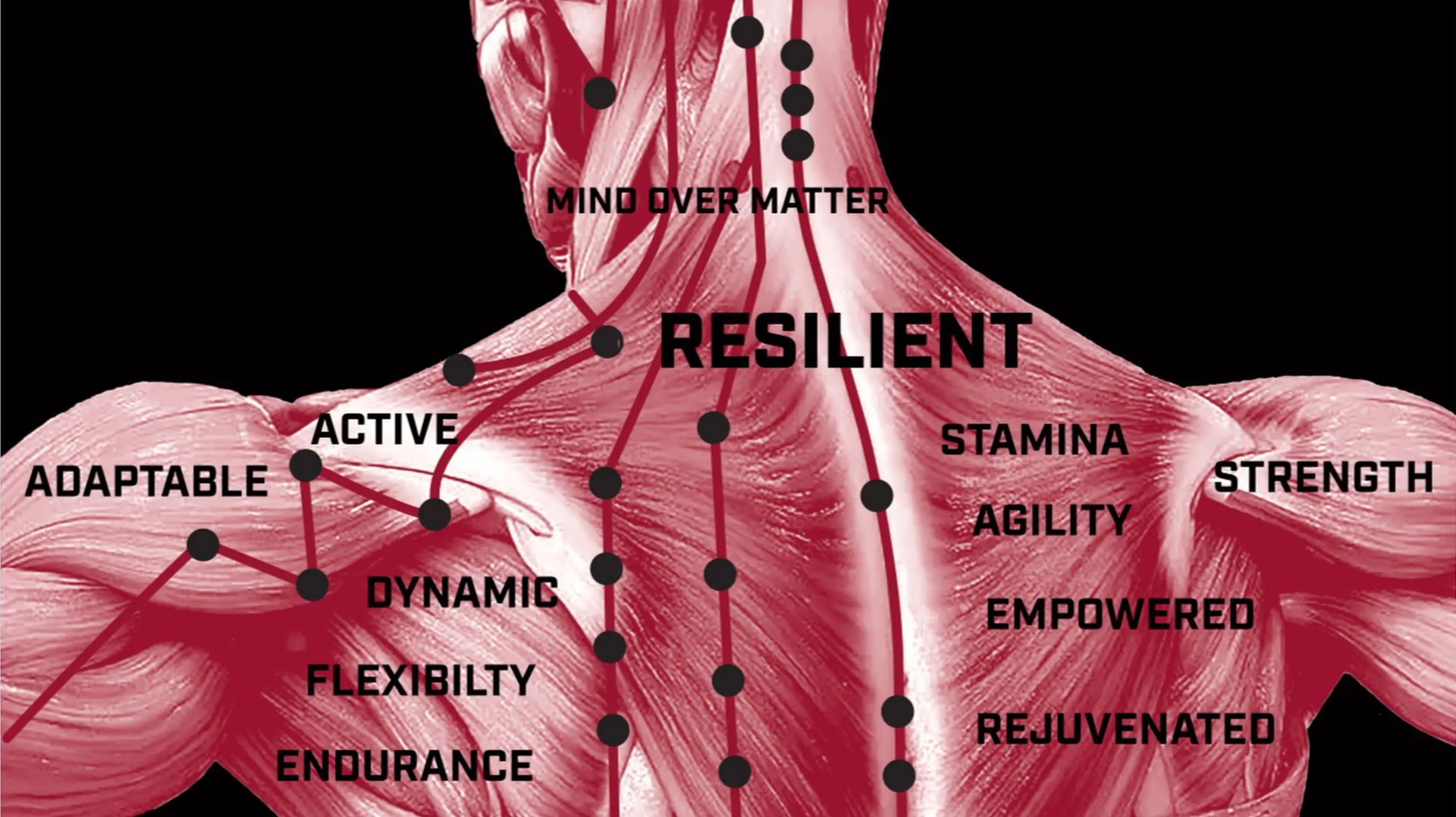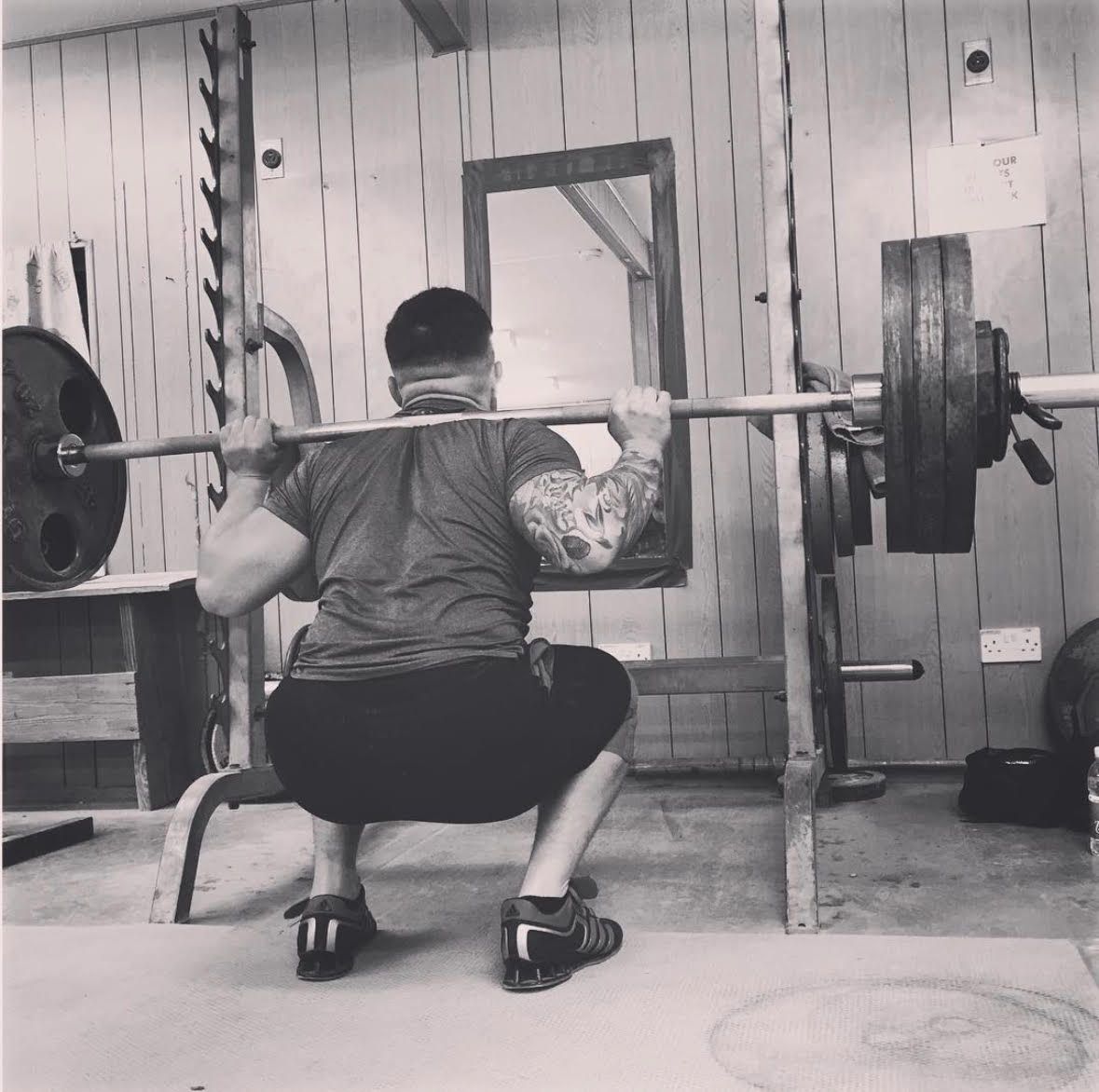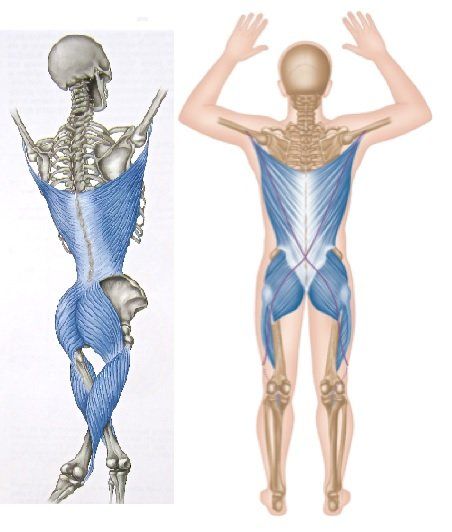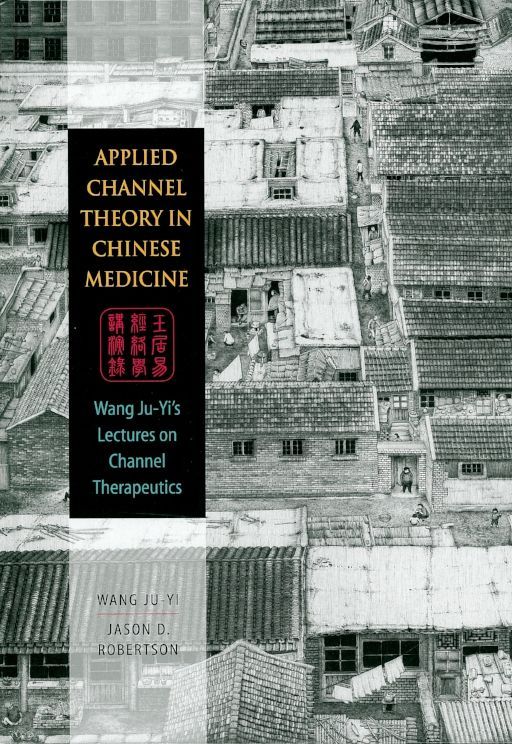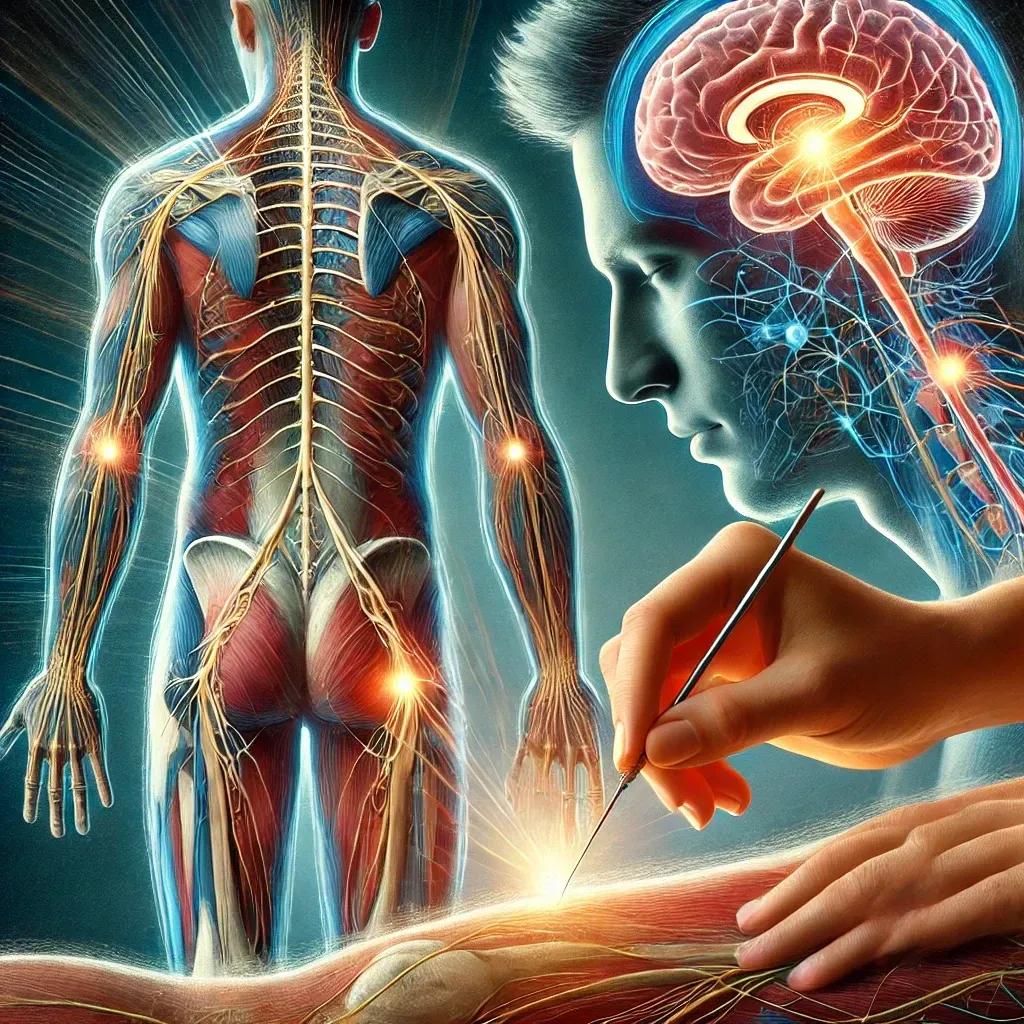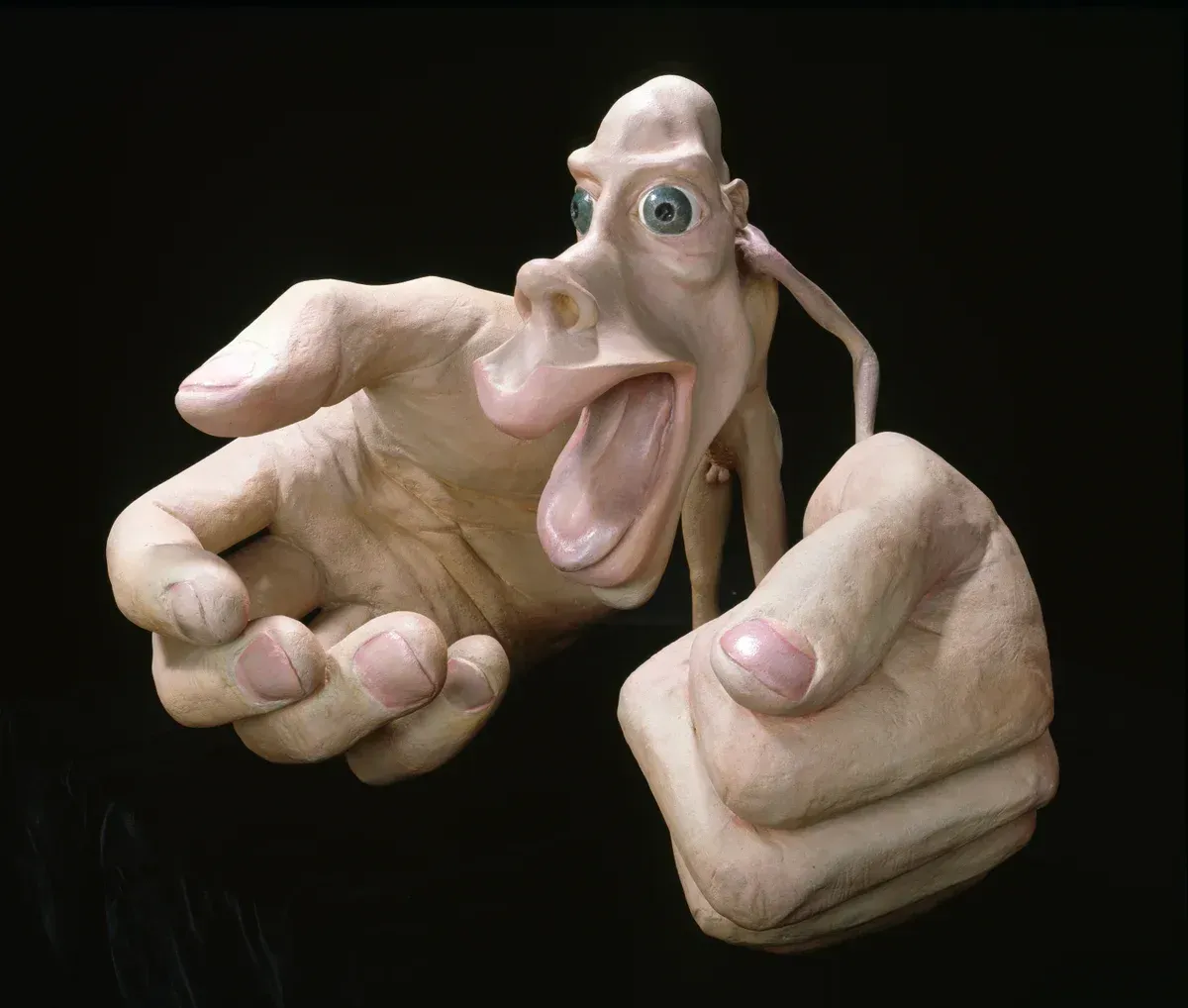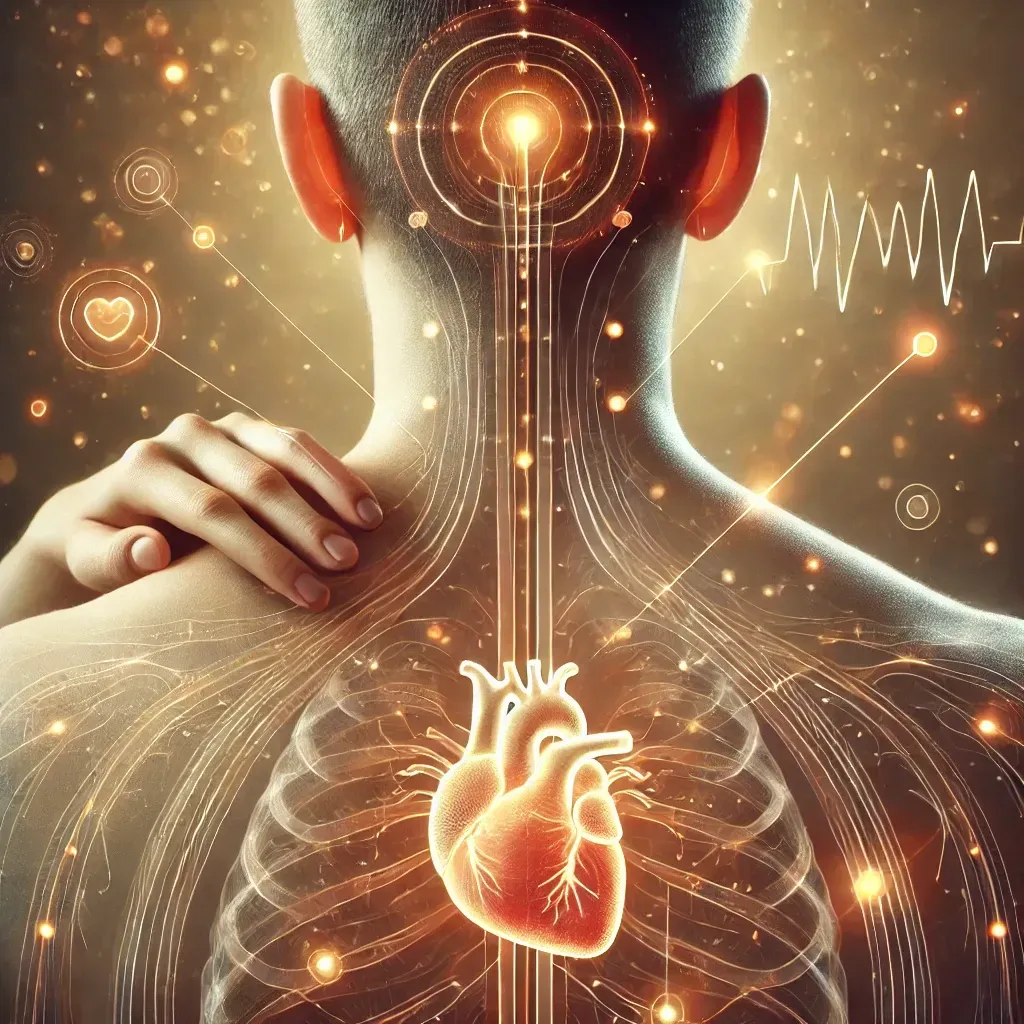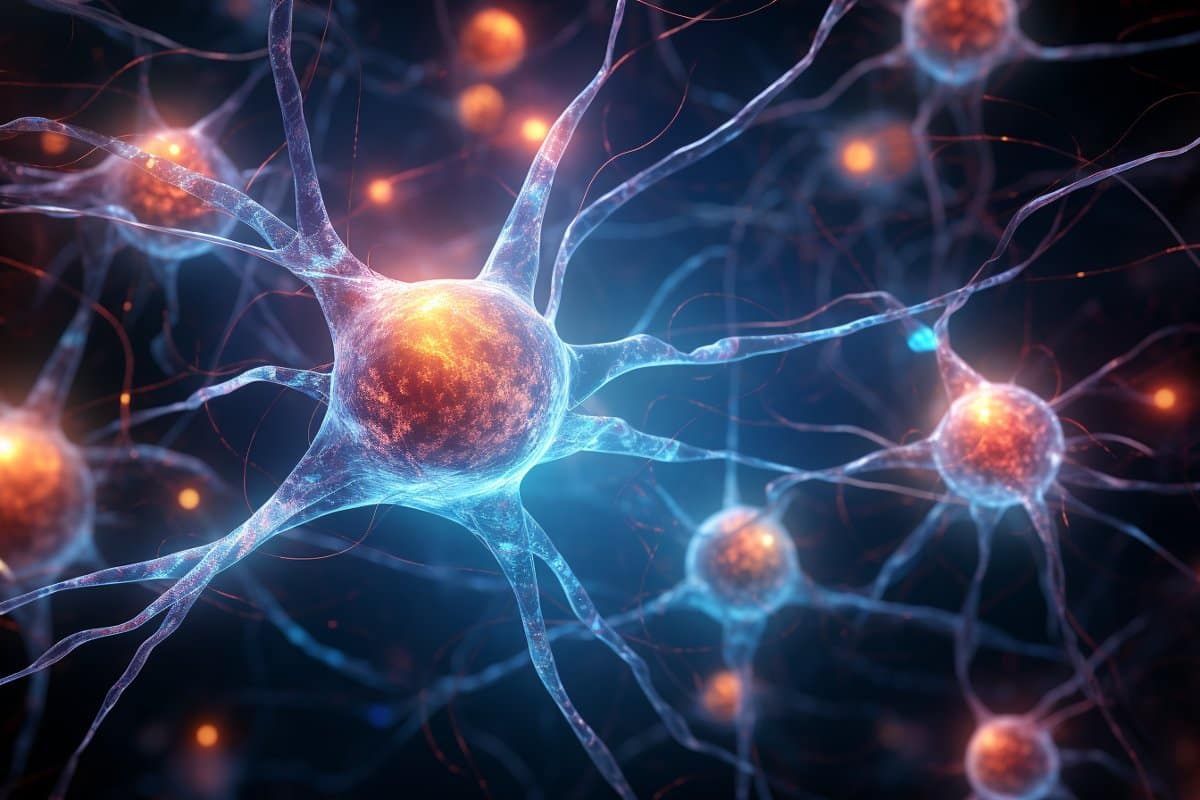
Lost in Translation…Qi, Blood, & Axonal Transport: Integrating Neuroscience with Ancient Wisdom
Drawing parallels between ancient concepts and neuroscience, we can argue that axonal transport represents the biological equivalent of Qi and Blood moving through the channels. Just as Qi and Blood ensure the proper functioning of organs and tissues in Traditional Chinese Medicine (TCM), axonal transport ensures the proper functioning of neurons by moving essential materials to where they are needed. To understand this connection, let us explore the ancient wisdom behind Qi and Blood.
What are Qi and Blood?
In Traditional Chinese Medicine (TCM), the concept of "Qi" and "Blood" moving through the channels (meridians) is central to understanding health and disease. Qi is often described as the vital energy that flows through the body, while Blood is considered the material basis that nourishes and sustains the body. When Qi and Blood are flowing smoothly, health is maintained; illness occurs when their flow is disrupted.
What is Axonal Transport?
Axonal transport, or axoplasmic flow, is a crucial cellular process that ensures the movement of essential materials like mitochondria, lipids, proteins, and other organelles to and from a neuron's cell body (perikaryon or soma). This transport occurs in two directions: anterograde (from the cell body to the axon terminal) and retrograde (from the axon terminal back to the cell body). This process is vital for normal growth, regeneration after injury, nerve conduction, and overall neuromuscular function (Petrova, 2018).
Meridians and Axonal Pathways: Meridians in TCM are channels through which Qi and Blood flow. While the exact anatomical location of meridians remains elusive in scientific studies, they might correspond to general pathways in contiguous tissue or networks of neurons intertwined with fascial planes rich in nerve endings and blood vessels(Langevin et.al, 2002). These regions are sensitive to mechanical stimulation, which can influence the nervous system and other physiological processes. The research suggests that the fascia's ability to transmit mechanical signals and its integrative role in the body's structural and functional networks support the traditional Chinese medicine concept of meridians as pathways of energy flow (Zhang et.al, 2011).
Highlighting the Therapeutic Applications
Dry Needling vs. Acupuncture: Both acupuncture and dry needling have improved nerve conduction and pain relief, potentially through axonal transport mechanisms. A brief comparison of these techniques highlights their potential effects on neuromuscular function (Kalichman et.al, 2010; Maday, 2014). Both may modulate neurotransmitters or blood, which could indirectly impact axonal transport(Kim et al, 2010; Zanin et. al, 2021). This parallels the TCM idea of Qi enabling the harmonious function of muscles and tissues
Supporting Evidence from Scientific Studies
Neuronal Growth and Regeneration: Studies have shown that axonal transport is essential for neuronal growth and regeneration after injury. This can be compared to the TCM concept of Qi facilitating growth and healing within the body (Petrova, 2018).
Nerve Conduction: Proper nerve conduction depends on efficiently transporting materials within the neuron. Disruptions in axonal transport can lead to neurological diseases, such as blockages in Qi flow, leading to disease in TCM (Sabry, 1995).
Research has shown that axonal transport speeds can vary significantly, ranging from 1-6 millimeters per day to 10-20 centimeters per day, depending on the materials being transported and the specific conditions within the neuron (Maday, 2014).
Other Significant Studies on Axonal Transport
Impact of Axonal Transport on Neurodegenerative Diseases: Past research has highlighted axonal transport's significance in neurodegenerative diseases such as Alzheimer's and Parkinson's. Impaired axonal transport has been identified as a key factor in the progression of these diseases, underscoring the critical role of efficient material transport within neurons (Millecamps et.al, 2013).
Role of Axonal Transport in Spinal Cord Injury Recovery: A study by Liu et al. (2010) demonstrated that enhancing axonal transport can significantly improve recovery outcomes following spinal cord injury. This aligns with the TCM concept of facilitating the flow of Qi to promote healing.
Conclusion
While the blog focuses on parallels between TCM concepts and axonal transport, it is important to acknowledge the ongoing debate about TCM's scientific basis. Some studies demonstrate the efficacy of TCM interventions for specific conditions, emphasizing the need for more rigorous research (Vicker et.al, 2014; Manheimer et.al, 2010).
Perhaps, this ancient medicine was ahead of its time, and its simply a lost in translation. By understanding the scientific basis of processes like axonal transport, we can appreciate the wisdom of TCM and find new ways to integrate these ancient practices with modern medical knowledge. This holistic approach can enhance our ability to diagnose, treat, and prevent diseases, benefiting patients by combining the strengths of both systems.
References
- Kalichman, L., & Vulfsons, S. (2010). Dry needling in the management of myofascial trigger points. Current Pain and Headache Reports, 14(5), 361-364. https://pubmed.ncbi.nlm.nih.gov/26546163/
- Kim, S. K., & Bae, H. (2010). Acupuncture and axonal transport. International Review of Neurobiology, 93, 371-380. https://www.ncbi.nlm.nih.gov/pmc/articles/PMC6379324/
- Langevin, H. M., & Yandow, J. A. (2002). Evidence suggesting that the fascia network could be the anatomical basis for acupoints and meridians in the human body. Journal of Complementary and Integrative Medicine, 2(1), 37-47. https://doi.org/10.1016/S1444-0903(02)70025-1
- Liu, K., Lu, Y., Lee, J. K., Samara, R., Willenberg, R., Sears-Kraxberger, I., ... & He, Z. (2010). PTEN deletion enhances the regenerative ability of adult corticospinal neurons. Nature Neuroscience, 13(9), 1075-1081. https://doi.org/10.1038/nn.2603
- Maday, S. (2014). Axonal transport speeds and its significance in neurology. Journal of Neuroscience Research, 92(3), 284–290. https://doi.org/10.1002/jnr.23321
- Manheimer, E., Cheng, K., Linde, K., Lao, L., Yoo, J., Wieland, L. S., ... & Berman, B. M. (2010). Acupuncture for peripheral joint osteoarthritis. Cochrane Database of Systematic Reviews, 1, CD001977. https://doi.org/10.1002/14651858.CD001977.pub2
- Millecamps, S., & Julien, J. P. (2013). Axonal transport deficits and neurodegenerative diseases.
- Vickers, A. J., & Linde, K. (2014). Acupuncture for chronic pain. JAMA, 311(9), 955-956. https://doi.org/10.1001/jama.2013.285478Nature Reviews Neuroscience, 14(3), 161-176. https://doi.org/10.1038/nrn3380
- Zanin, R., Bratti, I., Malunga, A. N., Sandri, A., Kurebayashi, L., & Beltrame, T. (2021). Effects of acupuncture on neuropeptide Y and axonal transport. International Journal of Molecular Sciences, 22(4), 1798. https://doi.org/10.3390/ijms22041798
- Zhang, W. B., Hu, X., & Ma, C. L. (2011). The anatomical basis for acupuncture points and meridians in the human body. Evidence-Based Complementary and Alternative Medicine, 2011, 260510. https://doi.org/10.1155/2011/260510
